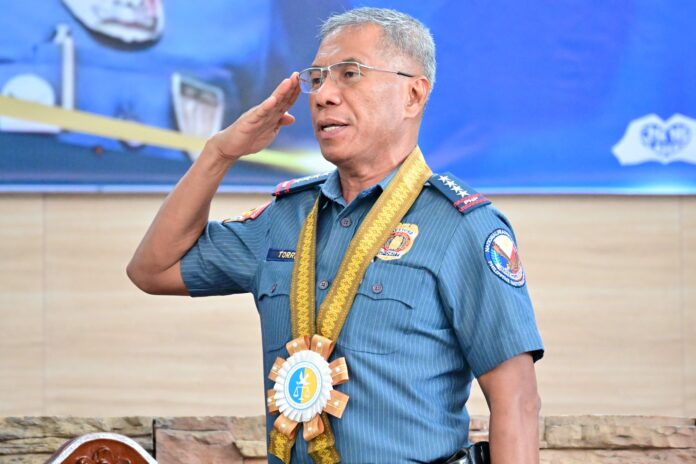Over 27 million students trooped back to public schools yesterday, faced with chronic problems of overcrowded classrooms and lack of teachers and even school buildings.
It was worse for the San Francisco High School in Bago Bantay, Quezon City, as 16 sections or about 640 students had to be relocated after a fire damaged one of the school’s buildings Sunday.
Our immediate concern is to find space for the children so that their learning will not be hampered,” said Quezon City Schools Division Superintendent Carleen Sedilla.
According to the Alliance of Concerned Teachers, the government has yet to adequately address the gaps in education, including shortages in classrooms, teachers and even learning facilities.
“Every year, teachers bear the burden of this systemic neglect – from cleaning and repairs to student needs,” ACT chairperson Vladimer Queta said
President Ferdinand Marcos Jr., who personally observed the opening of classes at Epifanio Delos Santos Elementary School in Manila with Education Secretary Sonny Angara yesterday, vowed sweeping reforms in the country’s public education system, including the hiring of thousands of new teachers and administrative staff, improved internet connectivity, and enhanced health and welfare services for students.
“I was explaining to our teachers that for them, to lessen their workload to reduce the administrative duties, we will hire 20,000 new teachers. As of now, out of that 20,000, at least 16,000 new teachers have been hired by DepEd,” President Marcos told reporters during his visit.
DepEd data showed there is a shortfall of 56,000 teachers. Once the 20,000 teaching positions have been filled up this year, the backlog to improve the student-teacher ratio would be at 22,000.
“After that, we will get someone so that there is an equivalent hiring for the administrative duties, 10,000 for administrative staff, not teaching but managing the schools,” Mr. Marcos added.
Angara said the nationwide shortage of 165,000 classrooms was a major challenge.
The DepEd chief said there is already a proposal for the construction of 105,000 classrooms in three years under a public-private partnership (PPP).
“If we don’t do this, we will be left behind,” Angara said, earlier warning that at the current pace of construction, it could take over 50 years to eliminate the backlog.
Mr. Marcos likewise directed the Department of Information and Communications Technology (DICT) to expand internet access in schools. Currently, only about 60 percent of public schools have internet connectivity.
“That’s too low,” the President said, noting that the lack of electricity in some areas remains a major challenge.









